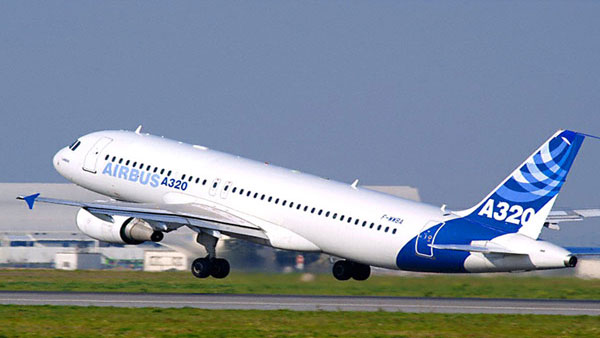
How many countries Indian flights can go to?
Indian planes can now operate in 116 “Point of Calls” – spread across Asia to Europe via the Middle East, and from North to South America. Its seven more countries than the previous figure of 109. Indian carriers operated in 36 of these while airlines of 48 countries operating in India.
What is a ‘Point of Call’ in terms of airlines:
A point of call is an airport/city where a flight can take off from, land at, and get cargo and passengers to and from.

Why was it needed?
The airline business in India is tilted in favour of foreign airlines as they have more “point of call” in India than our airlines have in foreign lands. This is precisely the reason the government is not granting any non-metro airport as a new point of call to any foreign airlines. Indian carriers however can operate within India to-and-from any place.
How will it benefit us Indians?
More foreign carriers, and thus flights, will serve our major (metropolitan) cities.
With more flights operating, we can expect the rising competition to bring down airfares.

What are civil aviation agreements and what do they seek to achieve?
All the countries have sovereign rights over their land and airspace. In order to operate a flight service in another country, legally binding agreements have to be signed between the countries in question. With such an agreement, governments can regulate the frequency and capacity of air services. It also governs the mechanism of pricing and other commercial aspects.
Depending on the number of countries involved, such agreements can either be bilateral (between two countries) or multilateral (more than two countries). The multilateral contract later evolved into the “open skies agreement.” ‘Open sky agreements’ between countries imply that there will be no restriction on the number of flights and seats for select cities.

Who governs global civil aviation?
With the second world war nearing its end, 54 countries came together in Chicago in 1944 to decide the fate of international aviation. The conference resulted in the signing of the Convention on International Civil Aviation, commonly known as the Chicago Convention. It established global rules and governing body – ICAO – for facilitating and developing the international aviation industry.
The Chicago Convention determined that no scheduled international air service may be operated over or into the territory of a contracting state without their permission. Over the following years, ICAO developed a series of traffic rights, known as Freedoms of the Air. These freedoms continue to form the basis of rights exchanged in air services negotiations today.
Flights must be a global means of transport
Flights are meant to travel far and wide in quick time. It doesn’t make sense – economical or technological – to operate just inside the territory of one country.
It became necessary for countries to come up with a way to expand their operating areas. And this led to several agreements between countries. The first prominent air service agreement – which later became a model for future contracts – was the Bermuda Agreement: signed between US and UK.